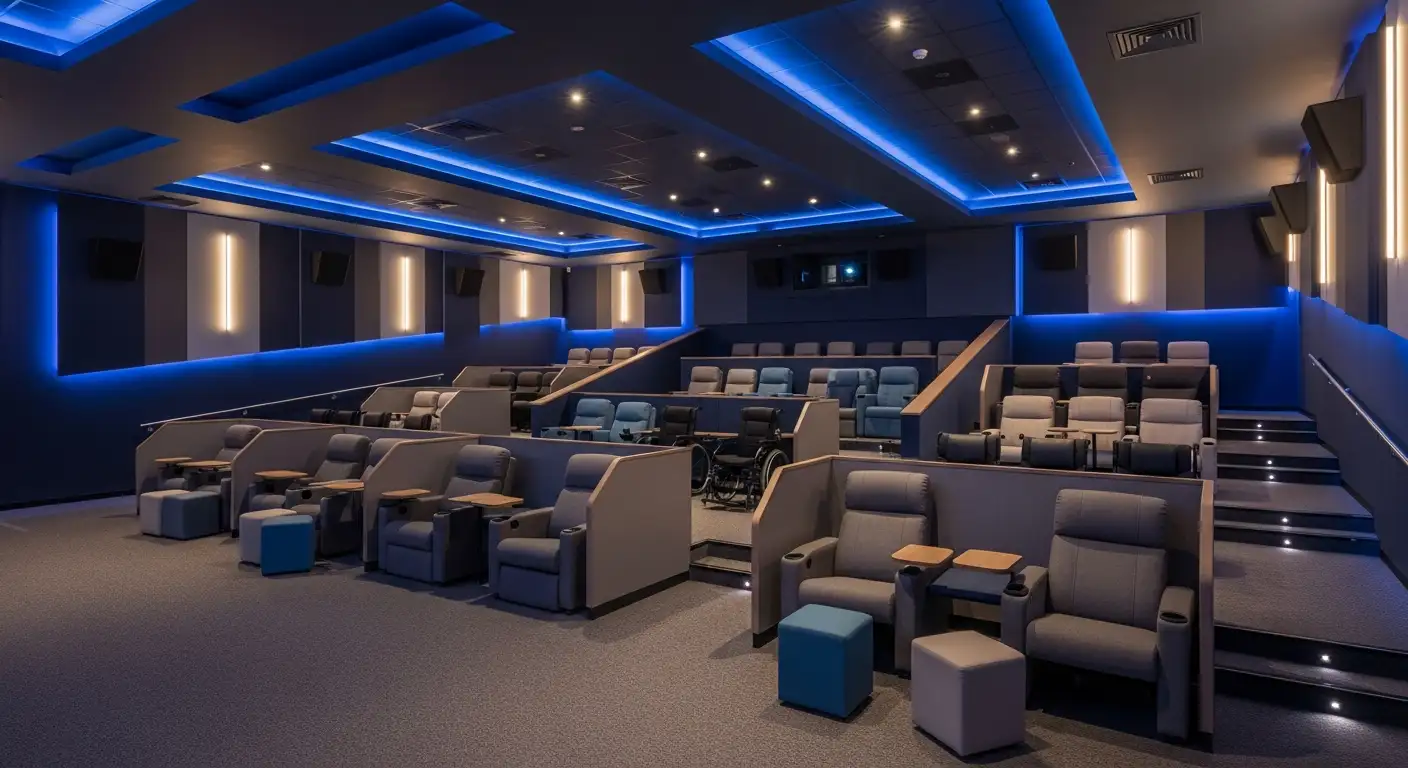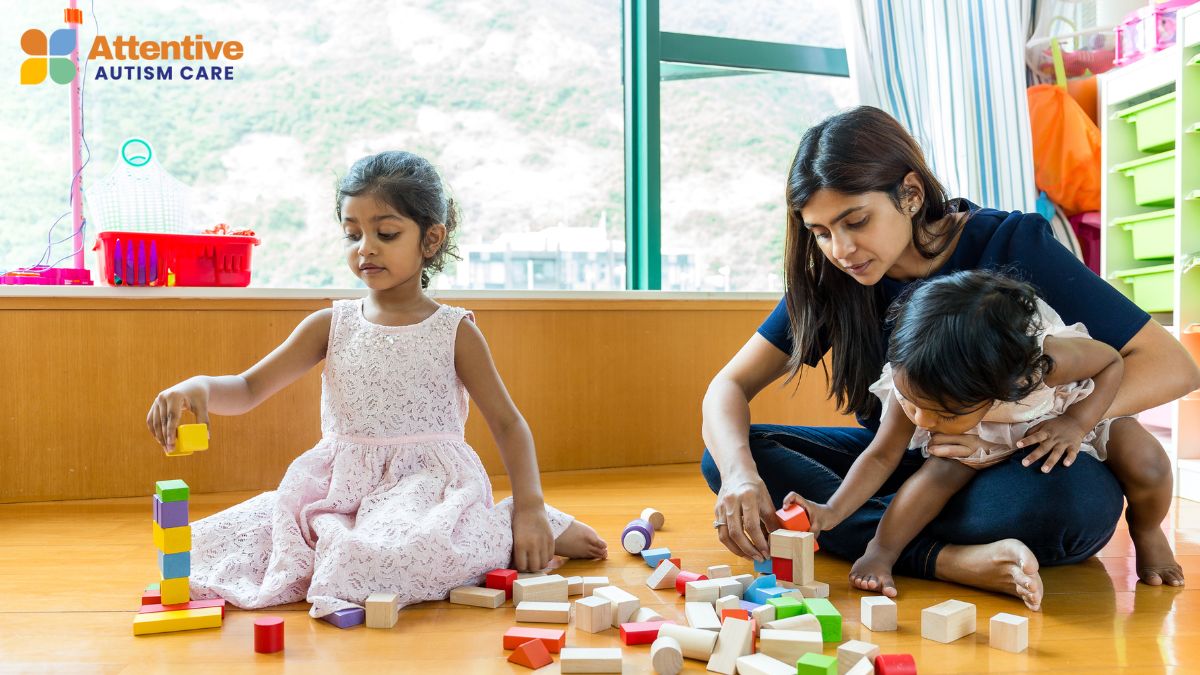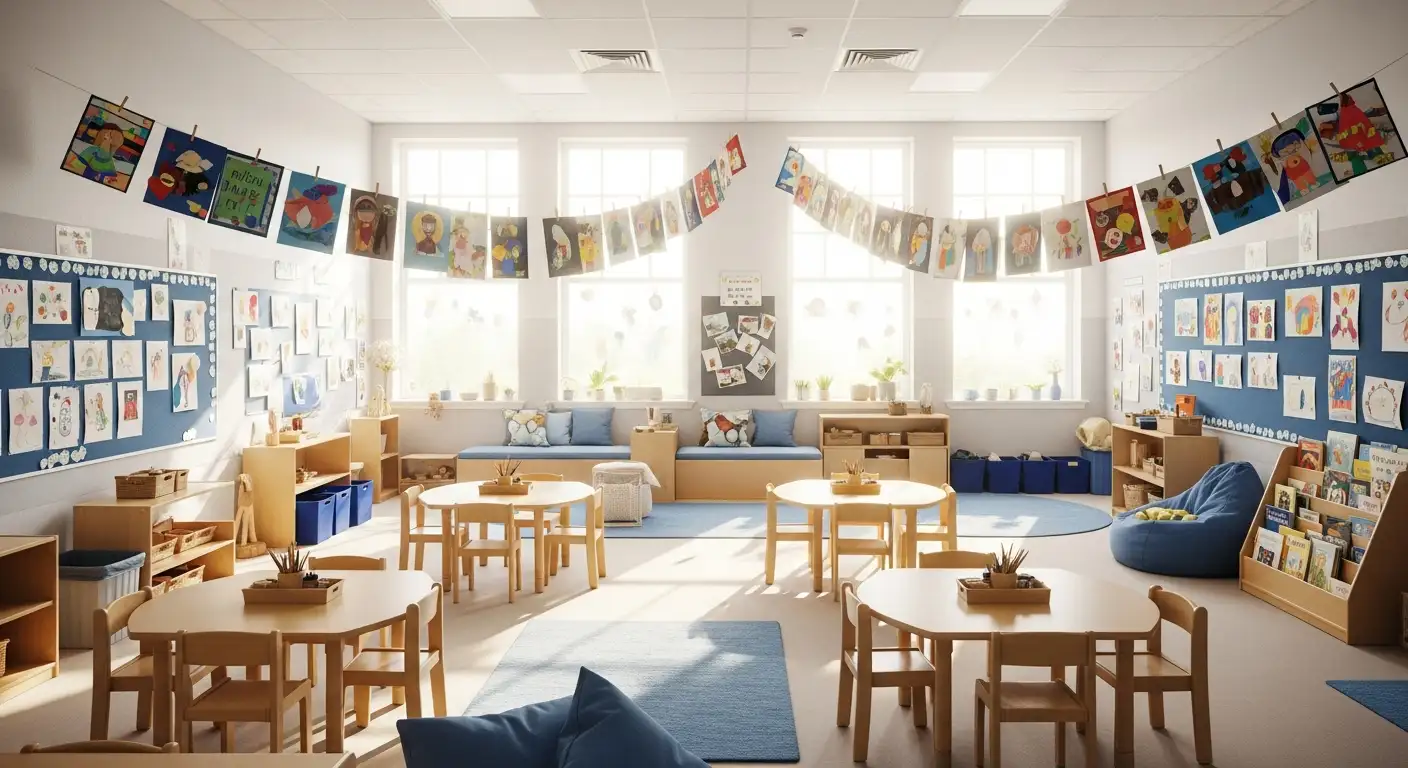Theory Of Mind Autism
Unraveling the Social Cognition Puzzle in Autism

Understanding the Foundations of Theory of Mind in Autism
Theory of Mind (ToM) is a central concept in understanding social cognition, especially in relation to autism spectrum disorder (ASD). It refers to the ability to attribute mental states—beliefs, desires, intentions, emotions—to oneself and others, enabling us to comprehend and predict social behavior. Historically, research has framed ToM deficits as a core feature of autism, with early studies suggesting pervasive impairments. Recent advances, however, have nuanced this view, exploring both the neural substrates involved and the potential for skill development through targeted interventions.
Conceptualizing Theory of Mind in Autism

What is the concept of Theory of Mind in relation to autism?
Theory of Mind (ToM) is the ability to understand and interpret others' mental states, such as beliefs, intentions, emotions, and perspectives. It enables individuals to predict and explain the behaviors of others based on inferred thoughts and feelings。In autism spectrum disorder (ASD), impairments in ToM are frequently observed, which can lead to challenges in social communication and interactions. These difficulties often manifest as trouble understanding what others think or want, which hampers effective social reciprocity.
Historically, the concept of ToM in autism was largely based on research by Simon Baron-Cohen and colleagues in the 1980s, primarily involving the false-belief task, also known as the Sally-Anne test. This research suggested that children with autism typically struggle to grasp that others can hold beliefs different from their own, indicating a core cognitive difference. This led to the characterization of autism as 'mind-blindness,' emphasizing a deficit in mentalizing abilities.
However, recent research highlights that ToM abilities are more nuanced. Some individuals with autism can develop or learn ToM skills, especially in specific contexts. Nonetheless, evidence regarding the persistence, generalization, and long-term maintenance of these skills remains limited and of low quality. Neurological studies have shown that brain regions involved in ToM, such as the medial prefrontal cortex and temporoparietal junction, respond differently in autistic individuals during social cognition tasks, and these differences can evolve over development.
Contemporary perspectives also challenge the traditional view by promoting a reciprocal or bidirectional understanding of social cognition. The 'double empathy' problem suggests that social misunderstandings are mutual and arise from differences in communication styles between autistic and neurotypical individuals, rather than an inherent deficit within autistics. This has shifted the focus from viewing ToM impairment solely as an individual's problem to considering the social environment's role.
Broad components of ToM, including explicit and implicit skills
ToM is a multifaceted construct that encompasses both explicit (conscious, controlled) and implicit (automatic, spontaneous) skills. Explicit ToM involves deliberate reasoning about others' mental states, typically assessed through structured tasks like false-belief tests. These skills develop over childhood and are heavily influenced by language and education.
In contrast, implicit ToM operates quickly and unconsciously, such as recognizing emotional expressions or intuitively predicting behavior without explicit reasoning. For example, children and adults can often read facial cues and body language automatically, which reflects implicit mentalizing.
Research shows that children with ASD often perform better on explicit ToM tasks than on implicit, spontaneous social understanding. They may comprehend mental states when reasoning explicitly about them but struggle to apply this knowledge seamlessly in everyday social interactions. This distinction underscores the importance of developing comprehensive, ecologically valid assessments that capture both components.
Overall, understanding the development and neuroscience of ToM in autism highlights the complexity and variability across individuals, emphasizing the need for targeted interventions and nuanced approaches to social cognition.
Developmental Trajectory and Age-Related Aspects of ToM in Autism

At what age does Theory of Mind (ToM) develop in typical children compared to those with autism?
In typically developing children, ToM begins to emerge around age 4, with most children passing false belief tests such as the Sally-Anne task by this age. By age 6 to 7, they usually demonstrate a well-developed understanding of others’ mental states. Children with autism, however, often show delayed development. Most struggle with standard ToM assessments, such as false belief tasks, well into later childhood, often around age 11, indicating a significant developmental lag. Some high-functioning or older children with autism may pass explicit ToM tests but still struggle with spontaneous, real-world mentalizing.
What does developmental delay and heterogeneity in ToM skills look like among autistic individuals?
Developmental delays in ToM among autistic children are common, with many not showing typical milestones in the understanding of desires, beliefs, and intentions until many years later than neurotypical peers. Furthermore, there is considerable individual variability, known as heterogeneity. Some autistic children develop higher ToM abilities, particularly in explicit reasoning and language-based tasks, while others continue to face profound challenges. This heterogeneity implies that some individuals with ASD can function socially with strategies that compensate for ToM deficits, whereas others experience persistent difficulties affecting daily social functioning.
How does ToM progress and vary across different age groups?
Across age groups, the development of ToM in autistic individuals tends to be atypical and uneven, often showing specific strengths and weaknesses. Younger children may show delays in understanding others’ perspectives, while adolescents might develop some explicit mentalizing skills through education but still struggle with spontaneous social cognition. In adulthood, some autistic individuals demonstrate the ability to understand complex mental states when given explicit instruction but often lack the automatic, intuitive application of ToM during social interactions. This underscores that development in autism is not only delayed but also characterized by diverse trajectories, with progress dependent on individual neurocognitive profiles and environmental supports.
| Age Group | Typical ToM Development | Autism Spectrum Development | Developmental Notes |
|---|---|---|---|
| Preschool (4-5 years) | Pass false belief tests | Often fail these tasks | Delay in understanding beliefs |
| Early School Age (6-11 years) | Consistent mental state reasoning | Variable, some pass explicit tests | Continued delays, heterogeneity |
| Adolescence | Advanced perspective-taking | Some develop explicit ToM | Persistent challenges in spontaneous ToM |
| Adulthood | Spontaneous social cognition | Many rely on explicit reasoning | Signature deficits in implicit ToM |
Despite these developmental variations, ongoing research stresses the importance of tailored interventions, emphasizing that skills can be learned and improved with appropriate support, although generalization and retention remain challenging.
Intervention Insights and Future Directions in ToM Research

What methods are being used to improve ToM skills in autistic children and adults?
Efforts to enhance Theory of Mind (ToM) in individuals with autism employ a variety of strategies aimed at bolstering social understanding and perspective-taking. In children, activities such as role playing and pretend play are common, helping them simulate social scenarios and recognize different motives and emotions.
Reading books that focus on characters' thoughts and feelings also supports mentalizing skills. These stories encourage children to analyze characters’ intentions and beliefs, fostering a deeper understanding of social dynamics.
Interactive games, especially those involving hiding and seeking, serve as practical tools to demonstrate that individuals can have different viewpoints. Such activities promote awareness that others might hold different beliefs or knowledge.
Structured social skills training programs, including models like TEACCH and the Denver Model, incorporate visual aids and play-based learning to facilitate social engagement. Parent training programs further reinforce these skills at home by encouraging responsive interactions.
Behavioral interventions such as Applied Behavior Analysis (ABA) focus on explicitly teaching social behaviors and cognitive skills linked to ToM. Recent relationship-based approaches emphasize positive adult responsiveness to foster reciprocal social understanding.
Environmental modifications, including the use of visual schedules and social stories, create predictable contexts for practicing perspective-taking. Overall, these methods aim to promote social awareness and mentalizing capacity through engaging, adaptive, and evidence-informed practices.
What are the current limitations and needs for future research in ToM?
Despite promising developments, current ToM research faces notable challenges. Variability across studies in design, outcome measures, and methodological rigor makes it difficult to evaluate intervention efficacy conclusively. Many existing studies lack longitudinal data, which limits understanding of skill retention over time and across different settings.
The overall quality of evidence remains low or very low, largely due to heterogeneity in participant samples, interventions, and assessment tools. This variability impacts the ability to generalize findings and develop standardized protocols.
Furthermore, the diverse profiles within the autism spectrum call for more personalized approaches. Future research should aim at tailoring interventions to individual cognitive abilities, language skills, and social motivation.
Advancing research requires integrating neurobiological markers, such as neuroimaging data, to identify neural correlates of ToM and predict responsiveness to interventions. Developing sensitive, ecologically valid outcome measures that reflect real-life social functioning is essential.
Longitudinal studies tracking ToM development across the lifespan can provide insights into natural progressions and critical intervention periods. Such research will contribute to more targeted, effective strategies to support social cognition in autism.
How might technological innovations shape future ToM interventions and assessments?
Emerging technologies have the potential to transform ToM assessment and intervention practices. Virtual reality (VR), for example, offers immersive environments where individuals can engage in realistic social interactions in a safe, controlled setting. This allows for real-time perspective-taking practice and immediate feedback, enhancing the ecological validity of interventions.
Neuroimaging and EEG technology help uncover the neural basis of ToM processes, enabling personalized approaches that consider individual brain activity patterns. Such neurobiological insights can guide tailored interventions aimed at specific neural targets.
Computerized response-time paradigms can detect subtle differences in emotional recognition and mental state attribution, providing precise quantitative measures of ToM abilities. These tools are scalable and can be administered remotely, facilitating broader access.
Integrating these technologies supports continuous monitoring of progress, adaptive intervention delivery, and large-scale data collection. As innovation progresses, virtual platforms and digital assessments will catalyze more engaging, effective, and individualized strategies to improve social understanding among autistic individuals.
| Aspect | Current State | Future Prospects | Additional Insights |
|---|---|---|---|
| Methods | Play-based activities, structured training, parent programs | Personalization, virtual environments | Emphasis on engagement and ecological validity |
| Limitations | Variability in study quality, lack of longitudinal data | Standardized, robust assessments | Need for real-world applicability |
| Technologies | Traditional behavioral methods | VR, neuroimaging, digital tools | Enhanced scalability and precision |
| Research Needs | Heterogeneous samples, outcome measures | Long-term studies, neurobiological markers | Tailored, lifespan-focused interventions |
This evolving field highlights the importance of innovative, evidence-based approaches to enhance social cognition and support individuals with autism throughout their lives.
Implications for Practice and Future Directions in ToM and Autism
Understanding and improving Theory of Mind in autism remains a vital but complex endeavor. While traditional assessments and interventions have shown some promise, the variability and contextual nature of ToM skills pose ongoing challenges. Advances in neuroimaging, psychometrics, and digital technologies are opening new avenues for personalized and ecologically valid approaches. Emphasizing reciprocal social understanding, such as the 'double empathy' perspective, shifts the focus from deficit models to mutual differences, fostering more inclusive and effective support systems. Continued research, particularly longitudinal and technology-enhanced studies, will be essential for translating scientific insights into practical tools that enhance social cognition, foster better relationships, and support the diverse needs of individuals with autism.
References
- Interventions based on the Theory of Mind cognitive model for ...
- Autism and Theory of Mind | Psychology Today Canada
- 'Theory of mind' in autism: A research field reborn | The Transmitter
- Spontaneous theory of mind and its absence in autism spectrum ...
- Autism & theory of mind—what's new?
- [PDF] Evaluating the Theory-of-Mind Hypothesis of Autism
- Theory of mind and autism: A review - ScienceDirect.com
- Impaired Theory of Mind - Scottish Autism
- Theory of Mind Profiles in Children With Autism Spectrum Disorder
- Autism and Theory of Mind - www.caltech.edu




































































































